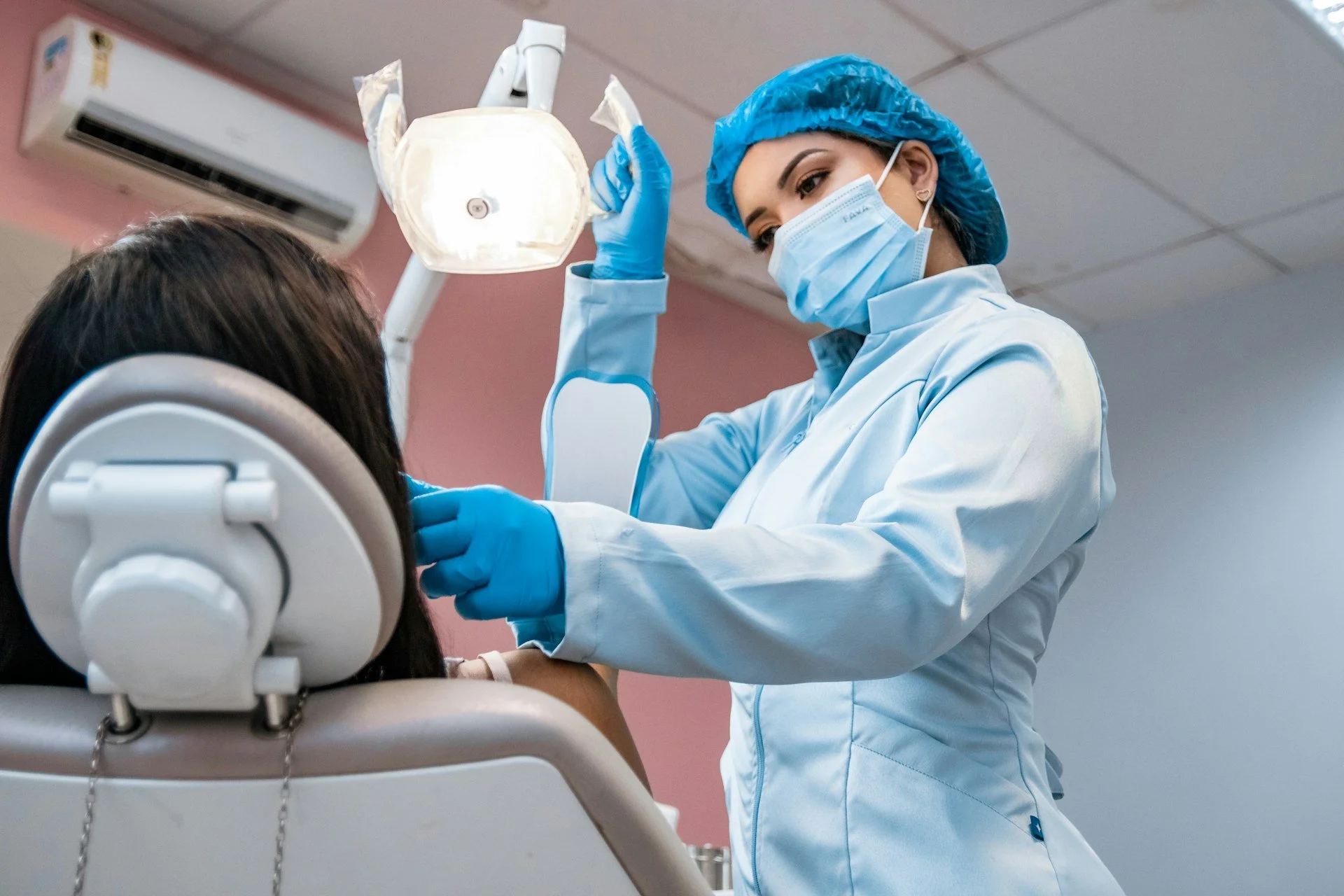How to Talk About Dental Stem Cell Storage With Your Family
Talking about health decisions with your family can sometimes feel a bit challenging, especially when the topic is something unfamiliar like dental stem cell storage. It's the kind of subject that might not come up in regular conversation, but it's something that can have a real impact on future health options. By taking the time to understand what dental stem cell storage is and why it could be beneficial, you can have a meaningful discussion with your loved ones.
Imagine one of your child's baby teeth comes out, and instead of tucking it away for nostalgic reasons, it potentially offers a doorway to future health treatments. If you're diving into this discussion for the first time, it’s important to approach it in an understandable way. You’ll want to cover all the essentials, making it relatable and easy to follow for family members of all ages.
Understanding Dental Stem Cell Storage
Dental stem cell storage involves collecting and preserving stem cells from teeth that have naturally fallen out or have been extracted. These stem cells are valuable because they have the potential to transform into different types of cells in the body, making them a key player in regenerative therapies. This means that, in the future, they might aid in treating diseases, repairing tissues, or even growing new cells where they're needed.
The idea is simple yet powerful. Think of dental stem cells as a potential backup for health—nature’s insurance policy nestled within a loose tooth or a wisdom tooth. While the practical applications are still being explored, the possibilities are exciting, ranging from contributing to bone repair to helping with nerve regeneration.
Some people might be skeptical or have misconceptions about this process. Here’s a clearer look:
- It's Not Just for Kids: While baby teeth are a common source, adults can also reap benefits if wisdom teeth or other teeth are extracted.
- Preservation Process: The procedure to store these cells is straightforward. Once a tooth is extracted, it’s swiftly sent to a lab where the valuable cells are isolated and preserved.
- Future Potential: These cells are not intended for immediate use but are stored with the hope that they'll play a role in advancing medical treatment options.
By breaking down the process, it becomes easier for family members to appreciate how dental stem cells might be used, and understand that they represent an investment in health down the road, rather than a solution for today. Starting the conversation armed with simple, clear information can set the stage for a more productive dialogue about this innovative approach to health care planning.
Getting Your Family on Board
Starting a conversation about dental stem cell storage with your family can open the door to a fascinating and future-focused discussion. You might begin by explaining the basics of what stem cell storage is and why it might be worth considering. It's helpful to keep the conversation light and informative, ensuring that everyone feels comfortable asking questions. Highlight the overall benefits without getting too technical.
Consider focusing on these key points during your talk:
- Benefits: Explain how storing dental stem cells could offer a backup plan for health in the future.
- Process: Go over the steps involved in collecting, processing, and storing the cells, reassuring them that it's straightforward.
- Costs: While you don't need to dive deep into specific financial details, outline the general idea of how investing now could be beneficial down the road.
An engaging and informative discussion might include real-life examples or analogies, making the information easier to digest. Think of how you discuss things as a family when planning for a vacation—everyone gets to chip in with thoughts and ideas, making the plan more inclusive and comprehensive.
Addressing Common Questions and Concerns
Family members might have a variety of questions, and being prepared with clear and concise answers shows that you've thought this through. Common concerns could revolve around safety, relevance to adults, or how soon the cells might be used.
Here’s a list to guide you through potential questions:
- Is it safe for kids and adults alike? The procedure is non-invasive and typically aligns with standard dental practices.
- What if we never need to use the cells? While it's uncertain what specific needs might arise in the future, the stored cells act as a valuable resource just in case.
- Who else thinks this is a good idea? While you won't need to cite statistics or figures, show how this is part of a broader trend in regenerative medicine.
Being responsive to these inquiries with simple, trustworthy answers helps demystify the concept and makes the idea of dental stem cell storage more approachable.
Planning for the Future
Once your family is on board, planning for dental stem cell storage becomes a practical next step. This involves coordinating with dental professionals and ensuring everyone understands the role stem cells might play in health care down the line. Decide as a family how and when to start the process and celebrate the choice as a proactive step toward health preparedness.
Taking these steps goes beyond individual interests, paving the way for a family-oriented decision that could make a difference in the future. It's about setting the stage today for the possibilities of tomorrow, and in doing so, providing peace of mind and long-term benefits.
Curious about the potential that dental stem cell storage offers for your family's future health security? Discover how this innovative option could benefit you by exploring unbiased and clear details. Learn more about how ToothBank can help you take a proactive step toward long-term wellness.
More articles
Learn About The Types Of Stem Cells | Read more
How Body's Own Stem Cells Can Help In Tooth Regeneration | Read more
All About Young Adult Stem Cells | Read more





